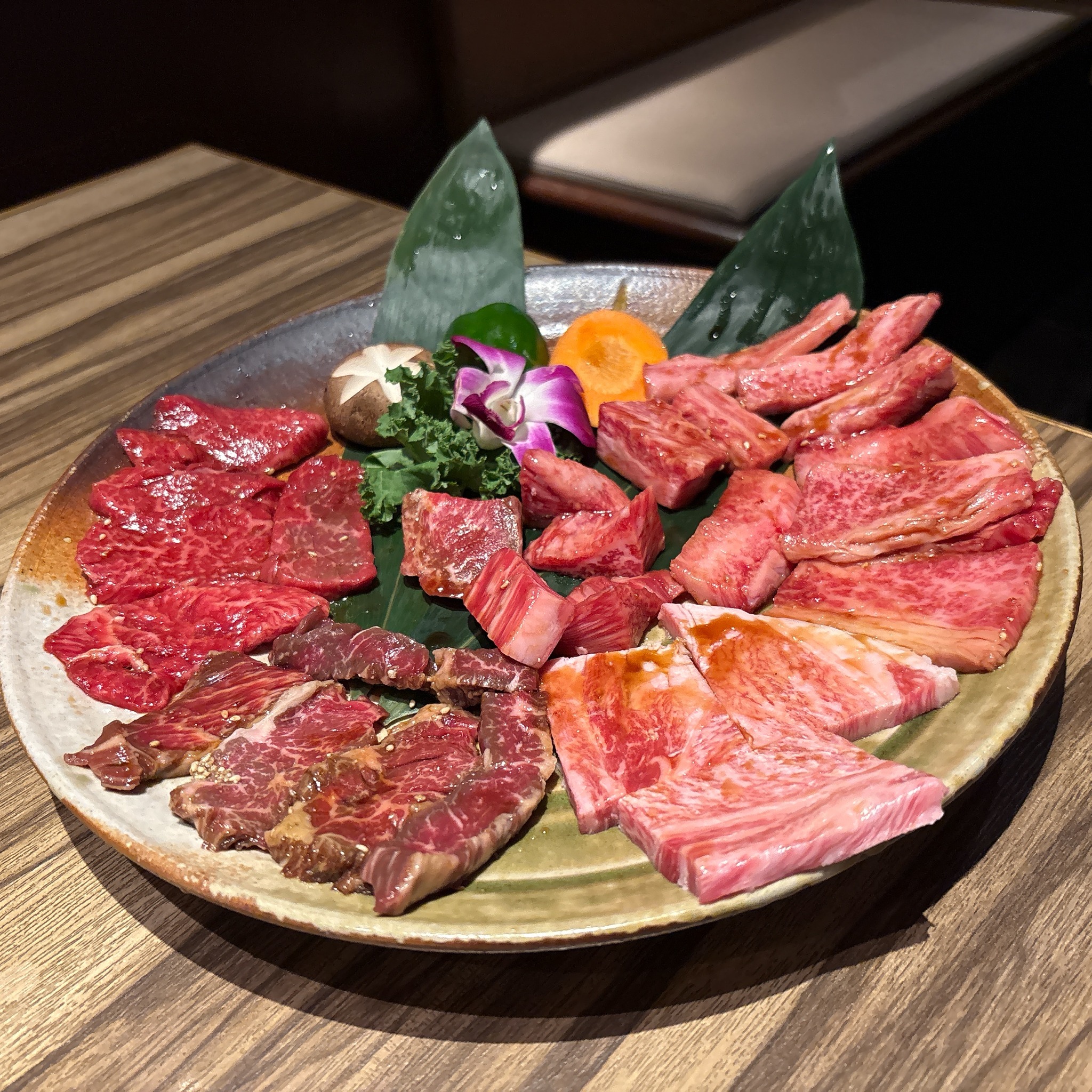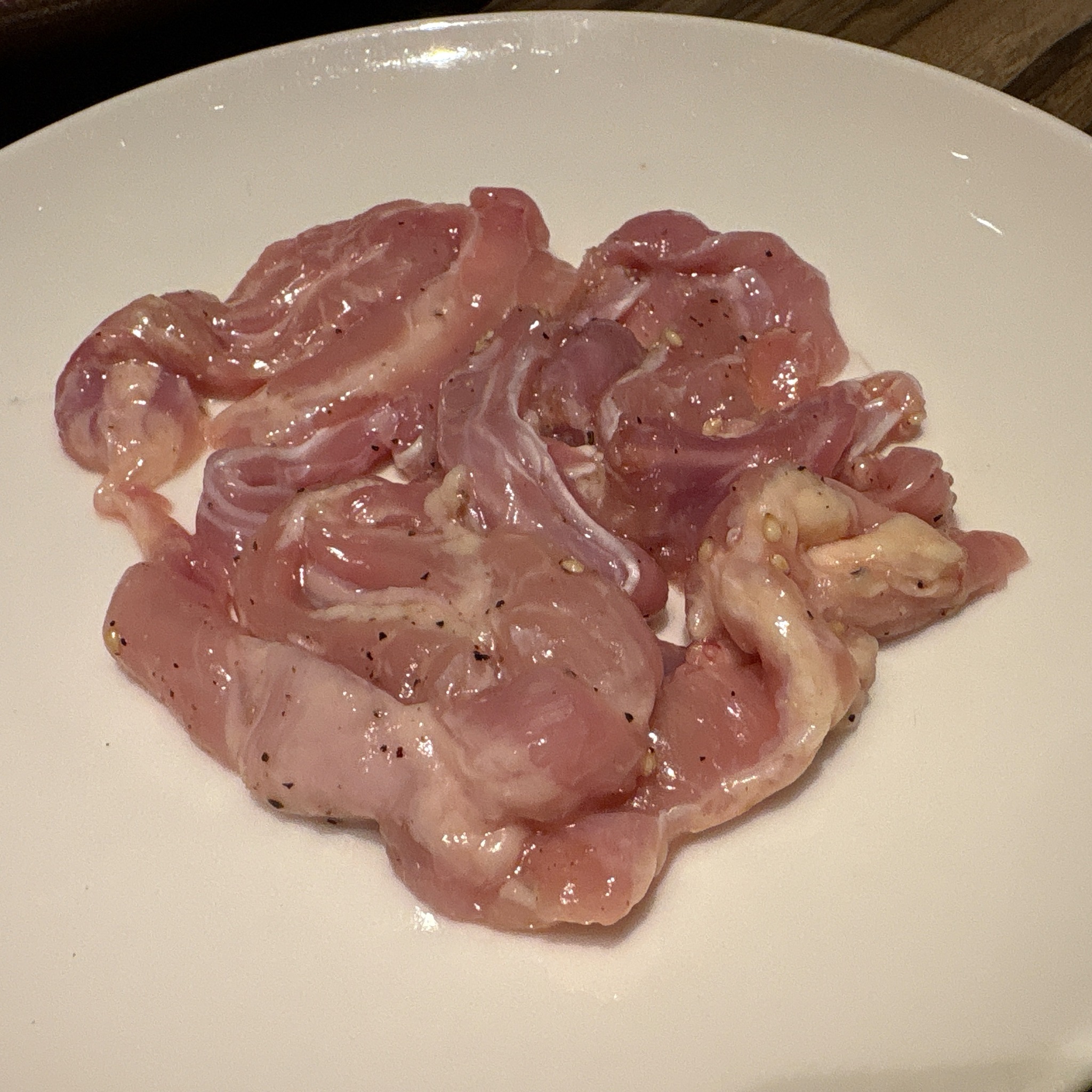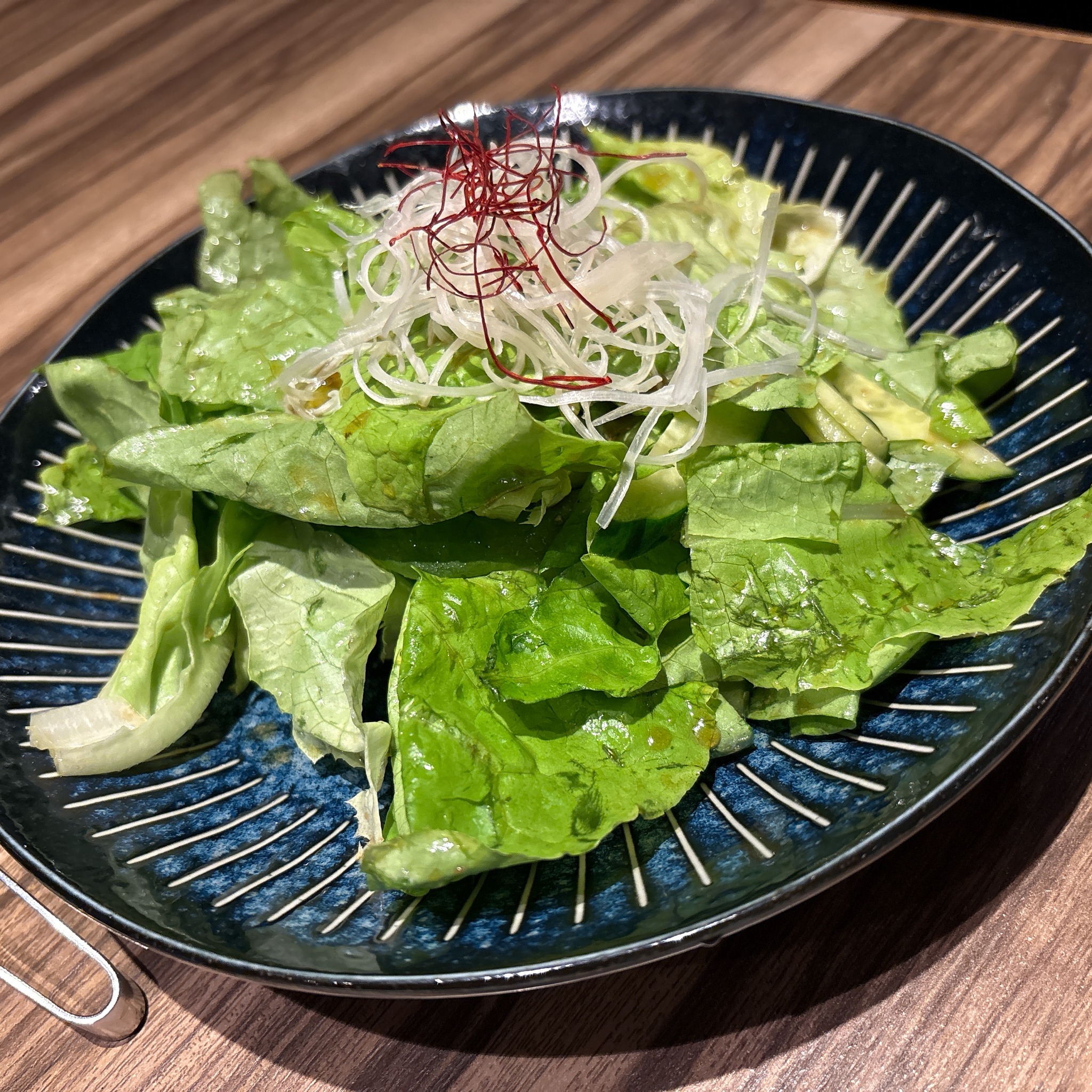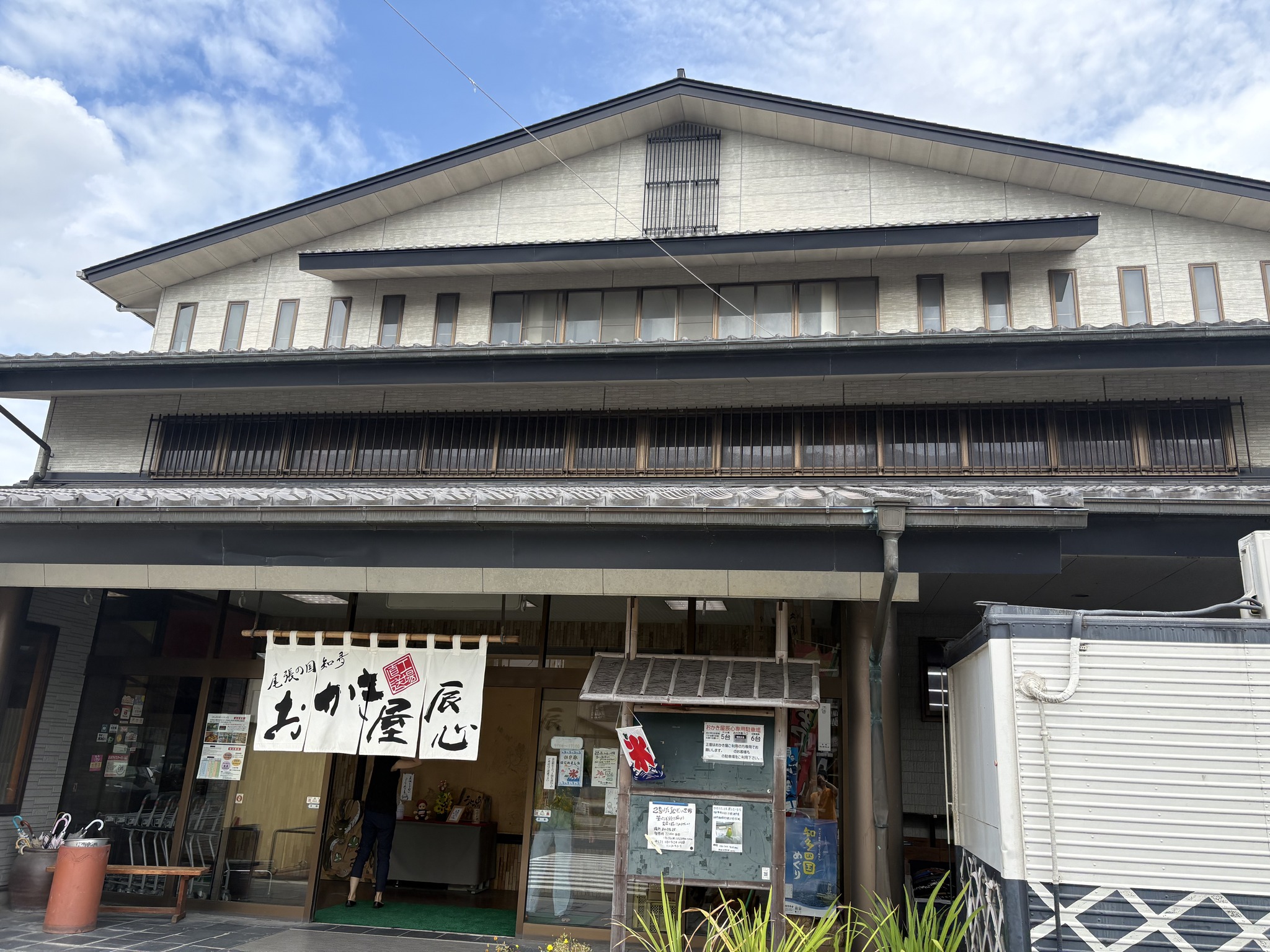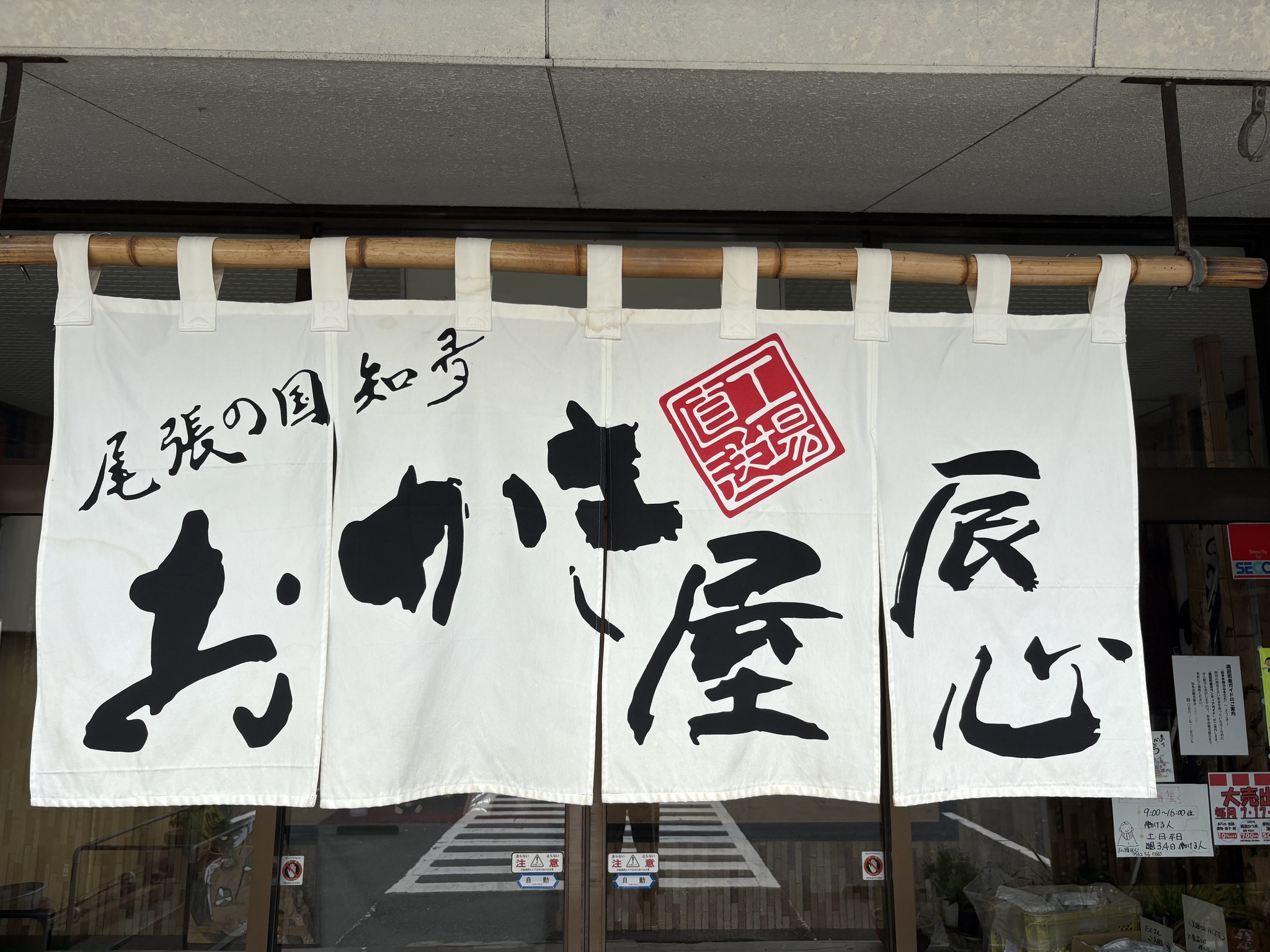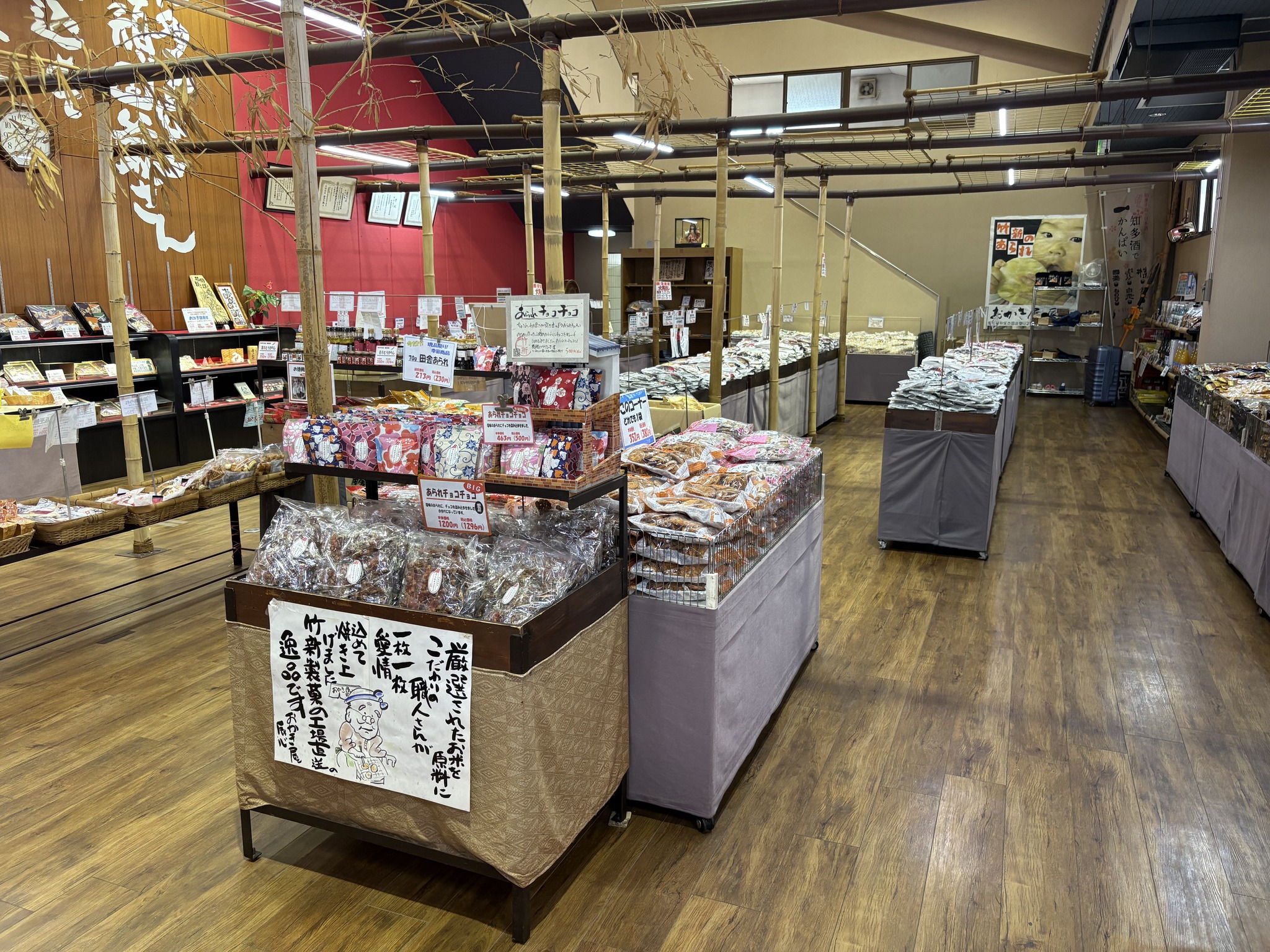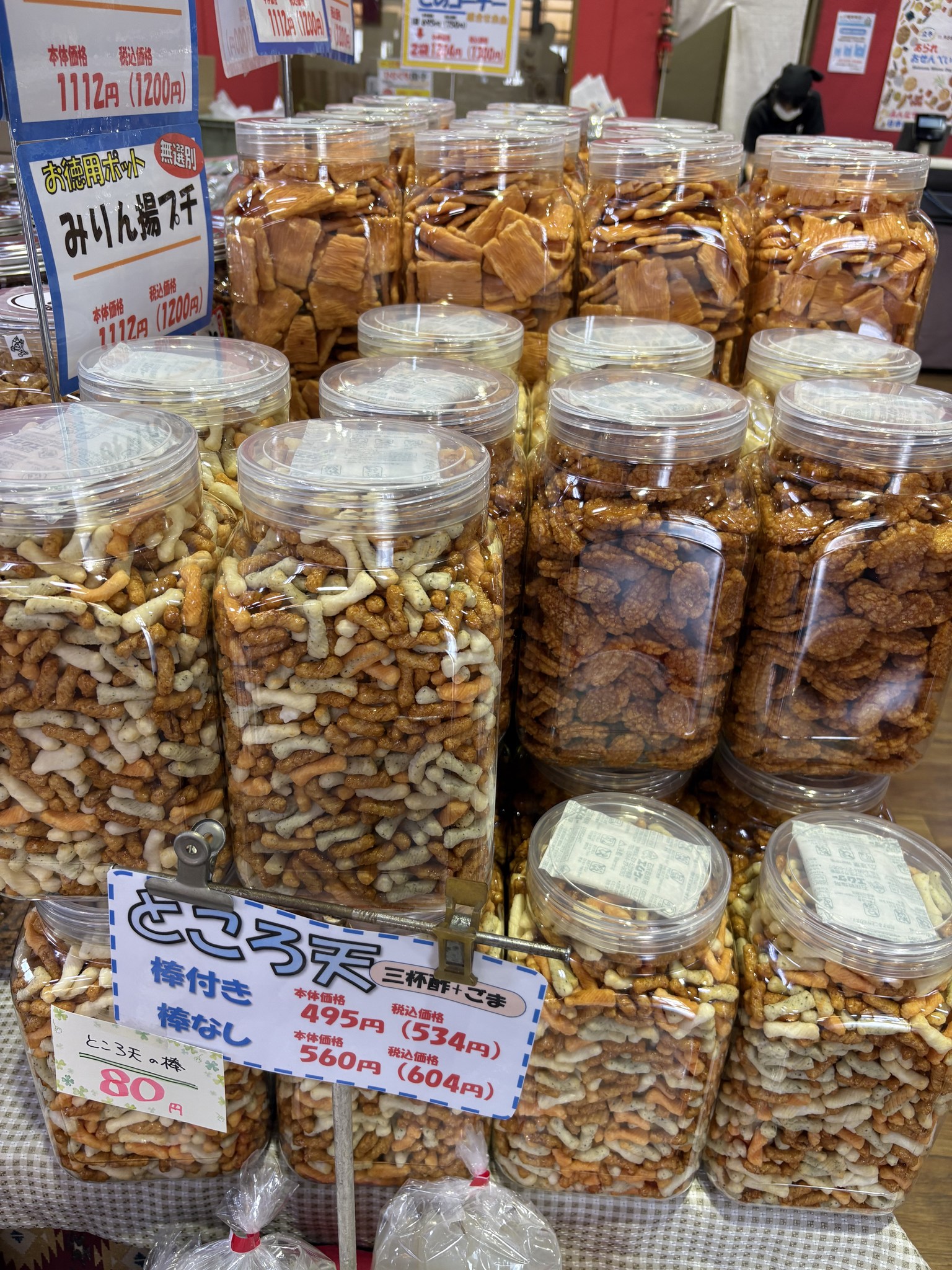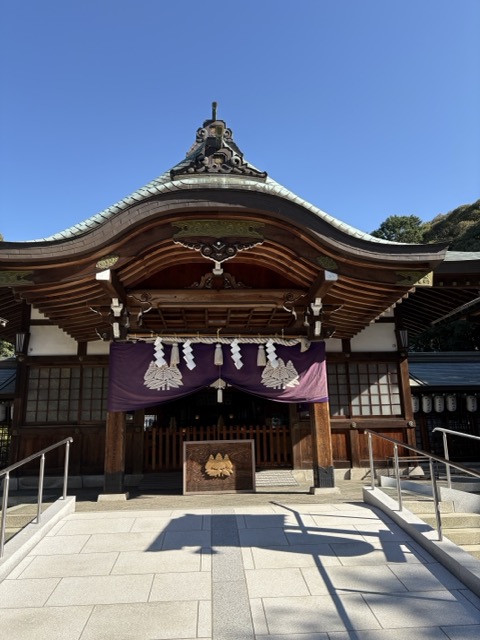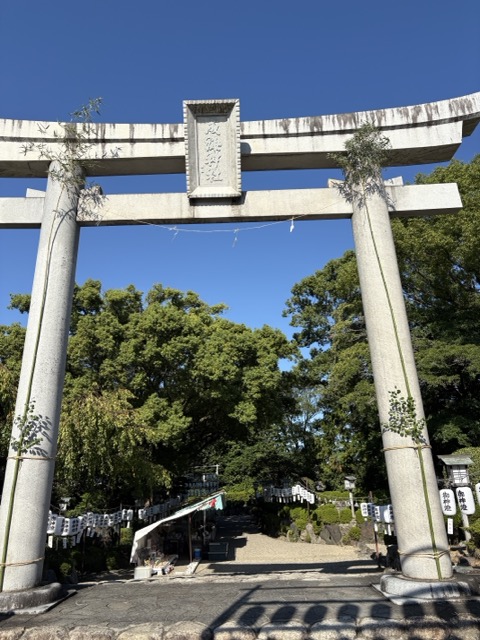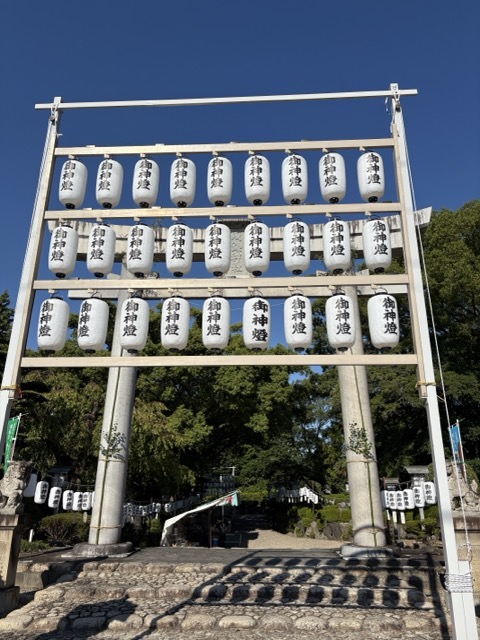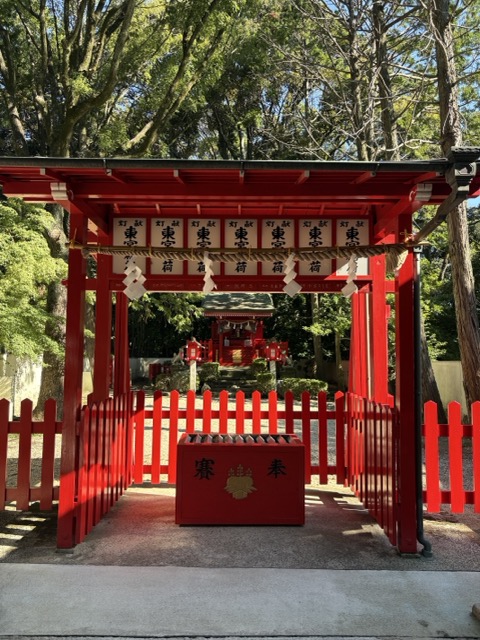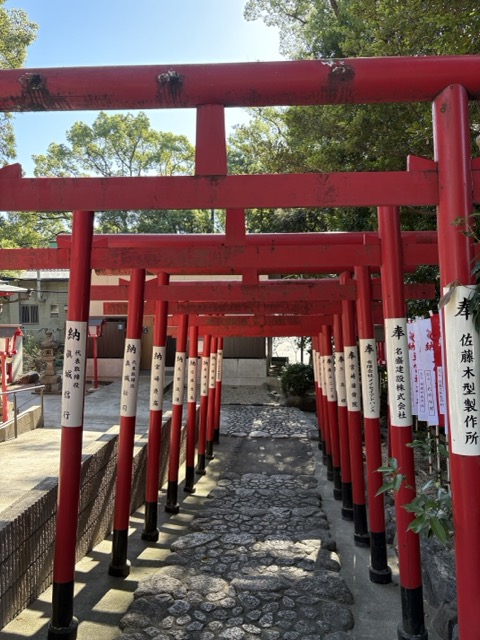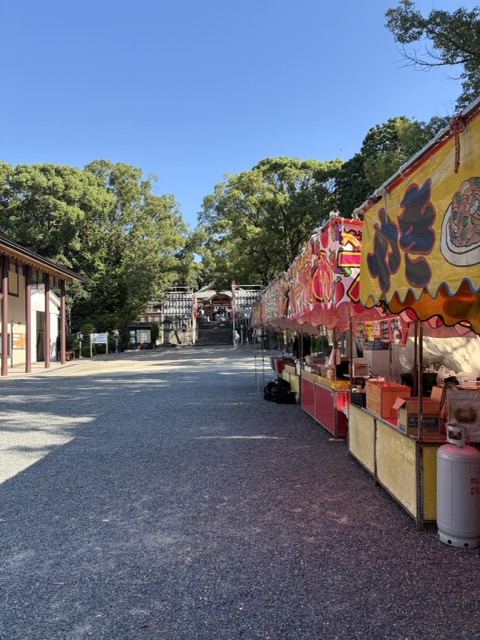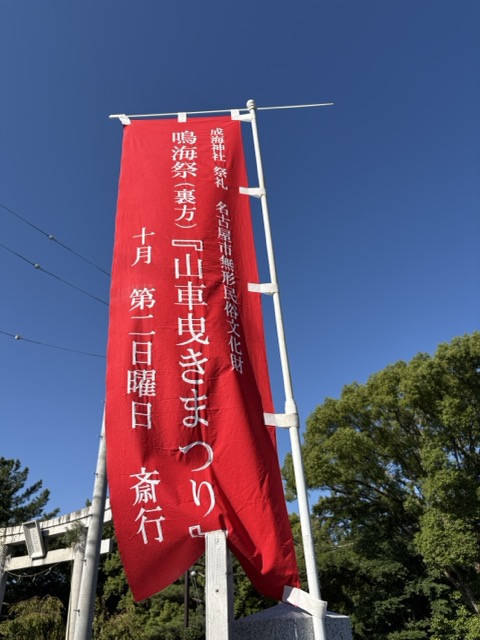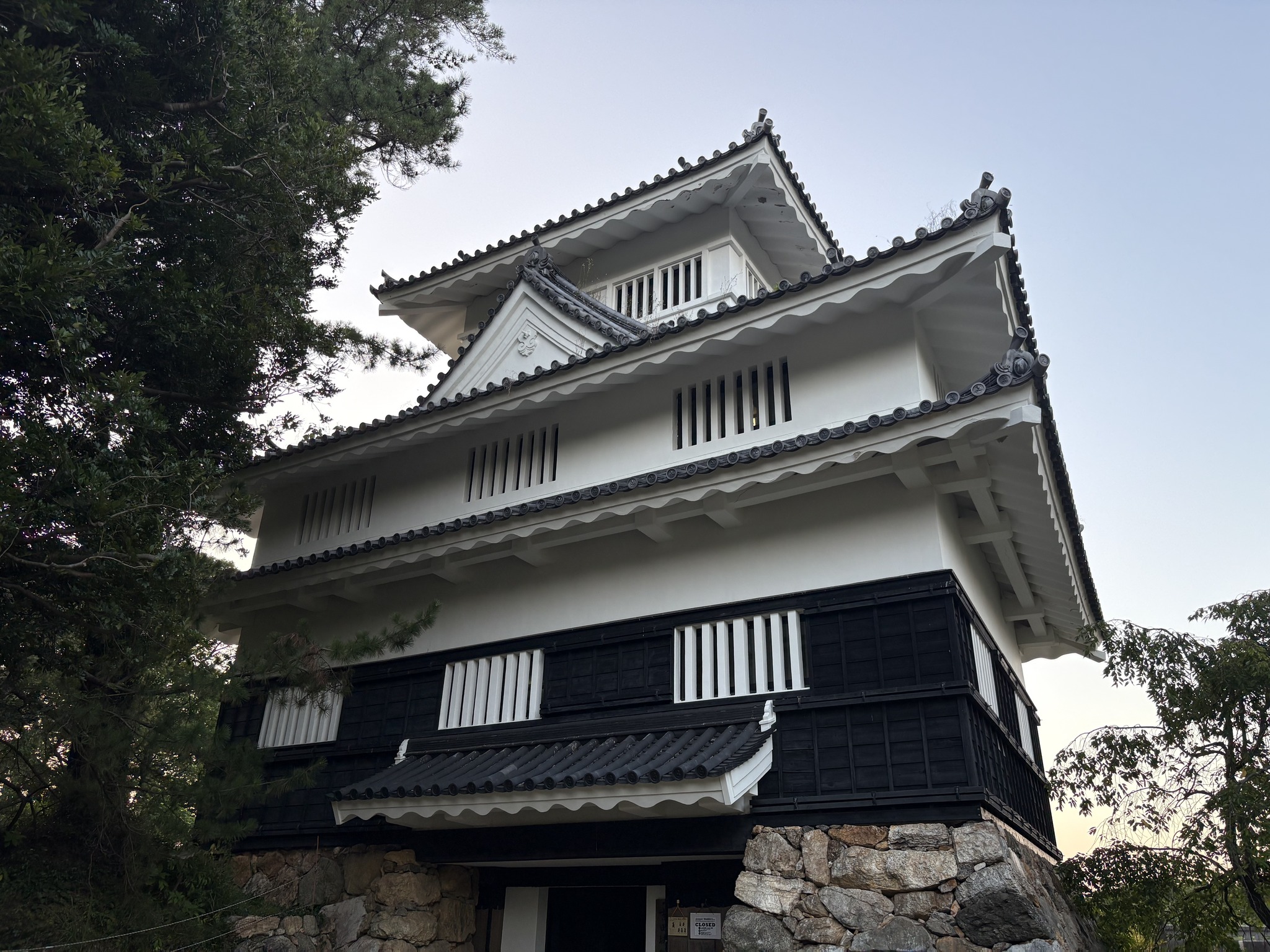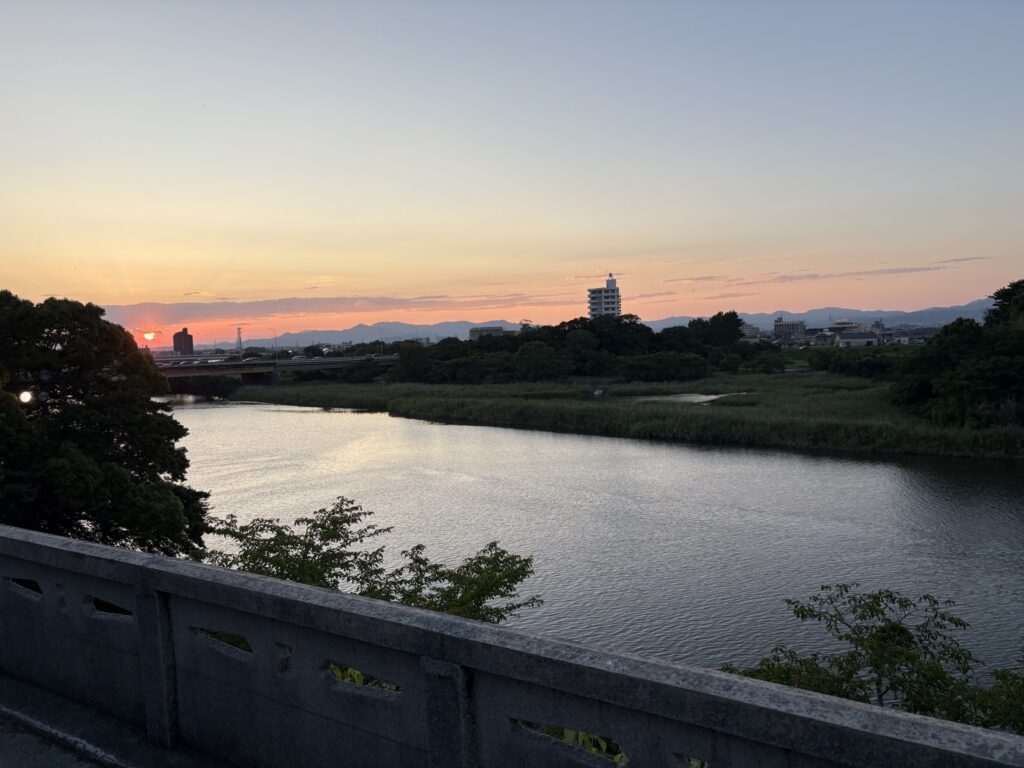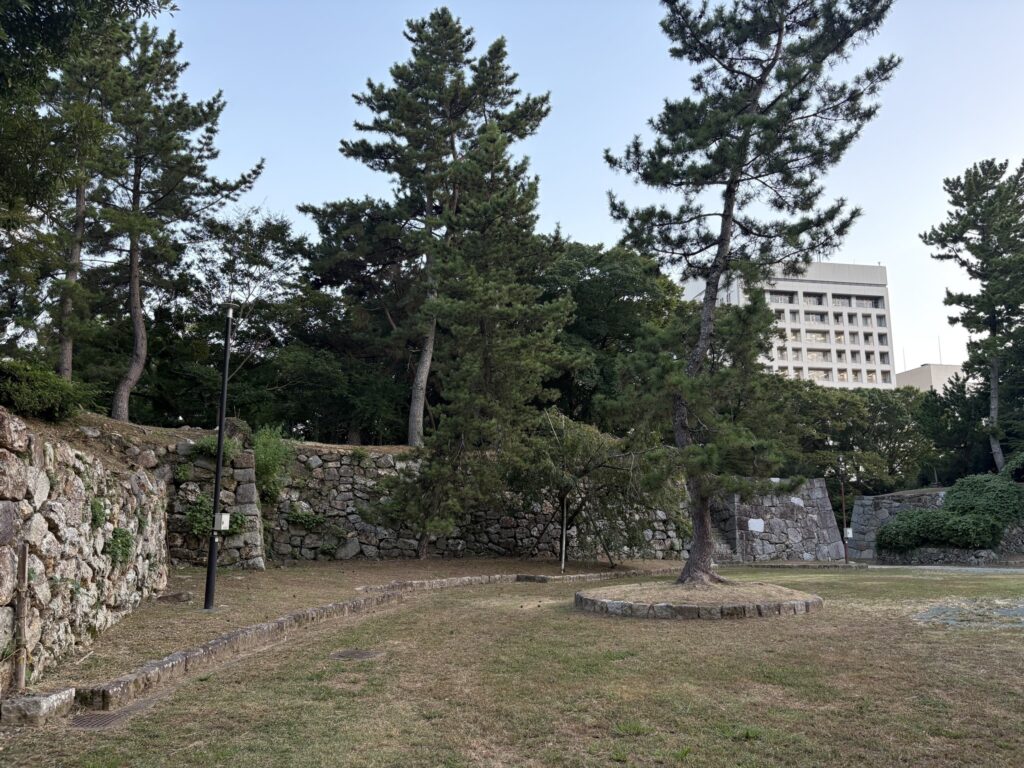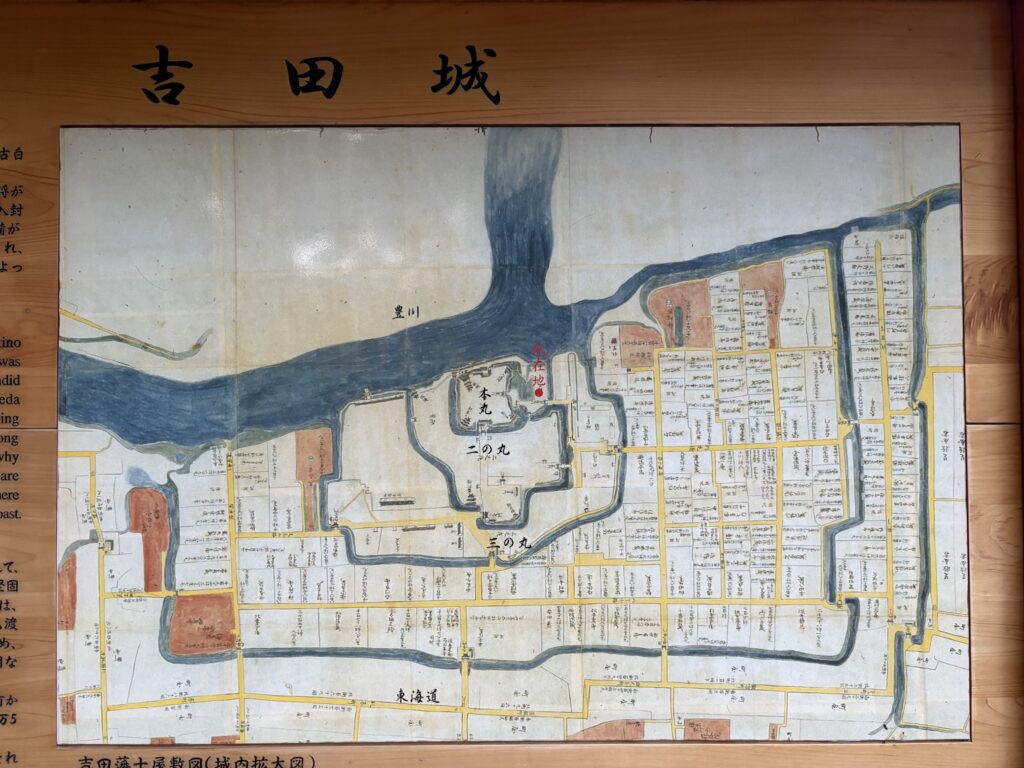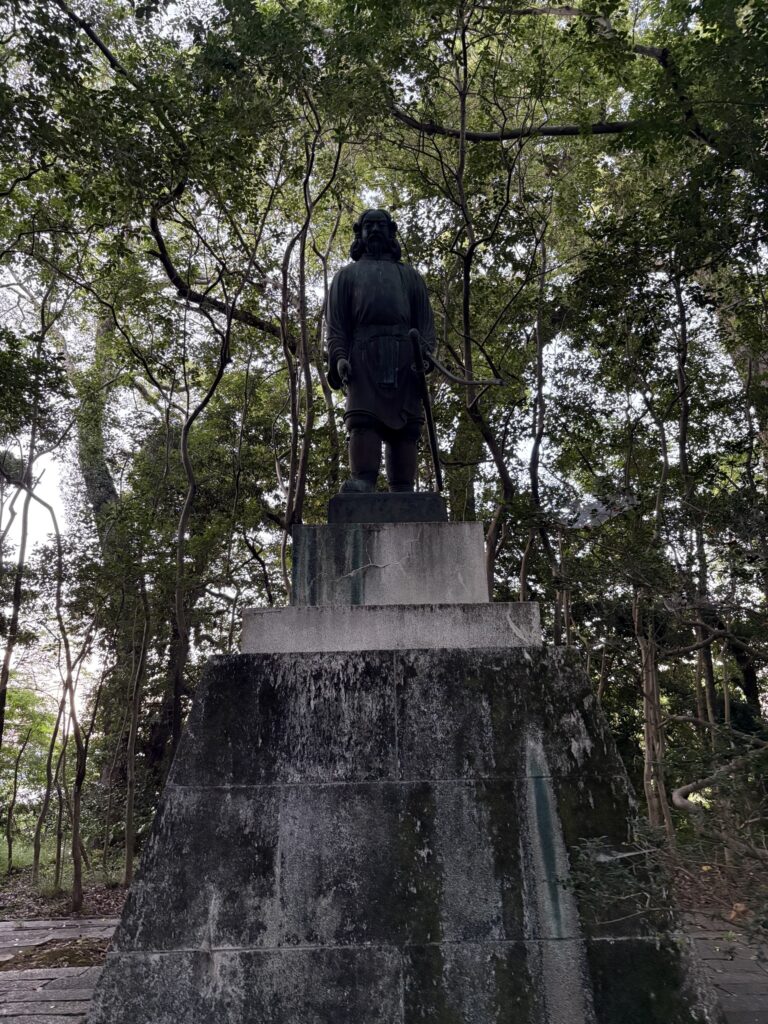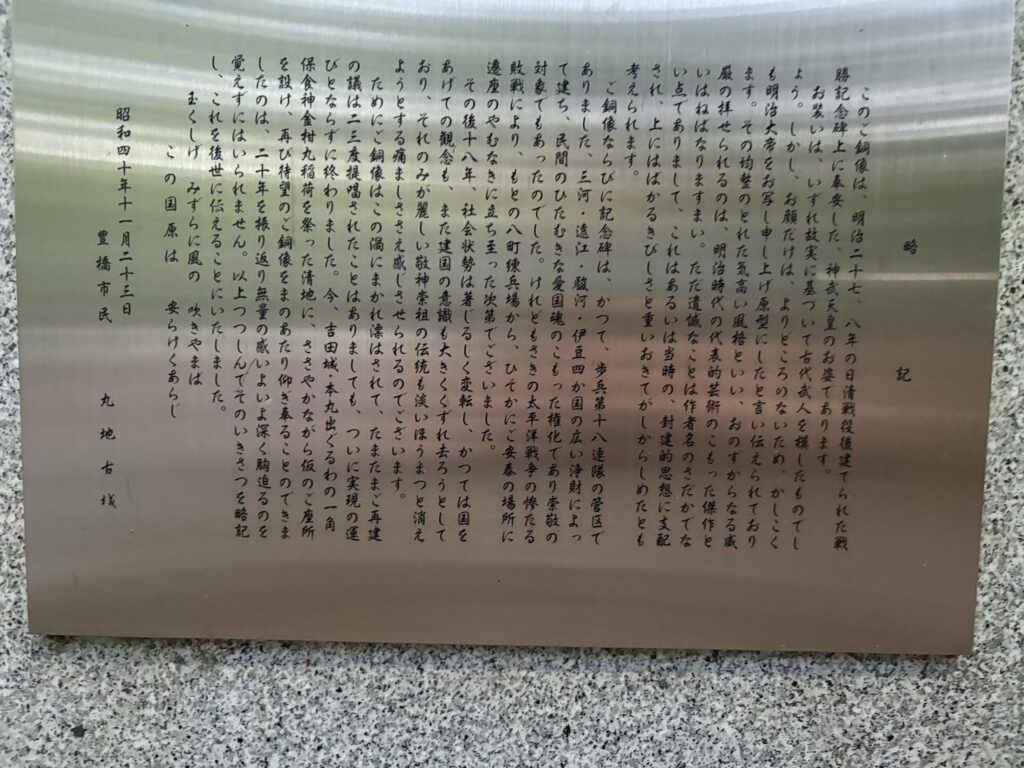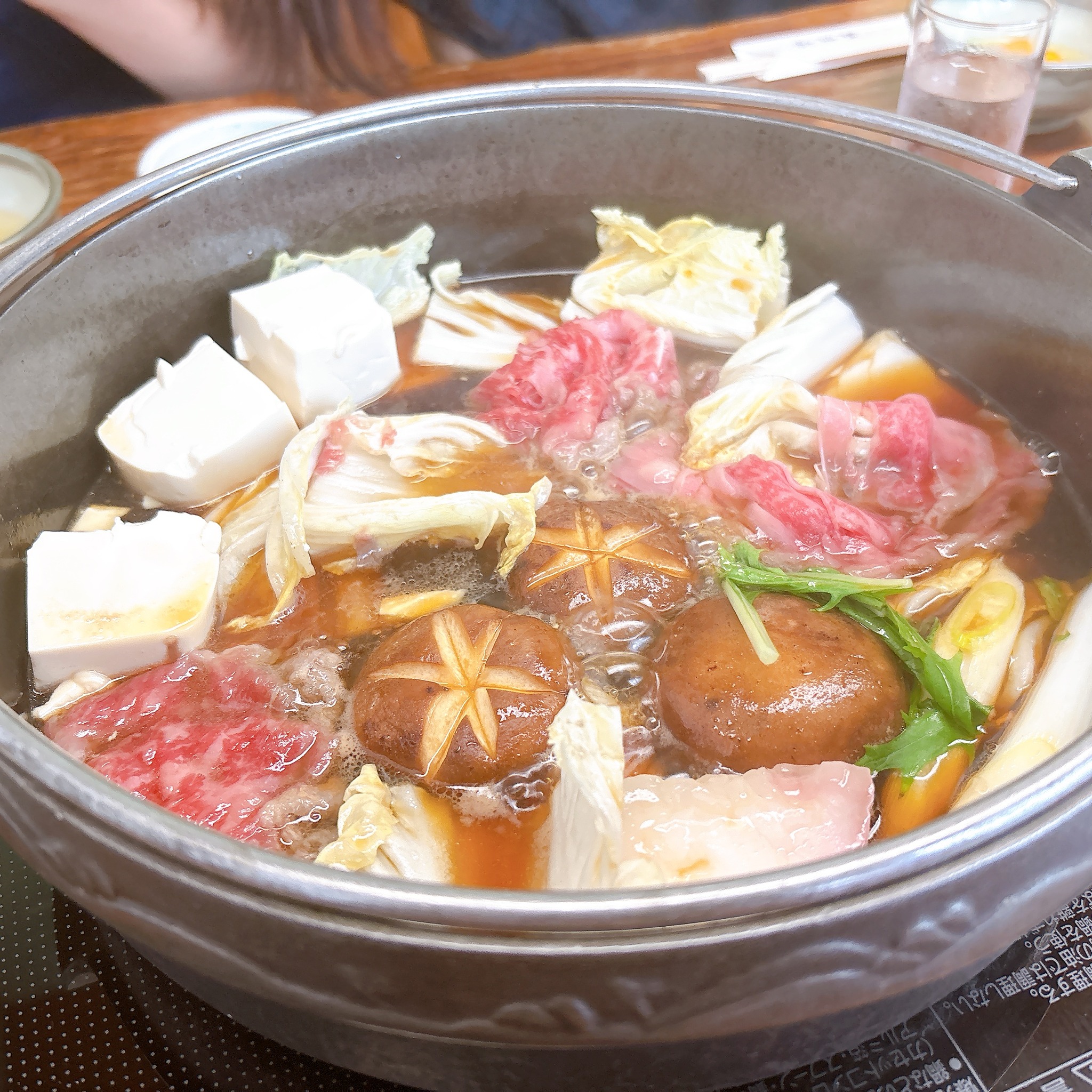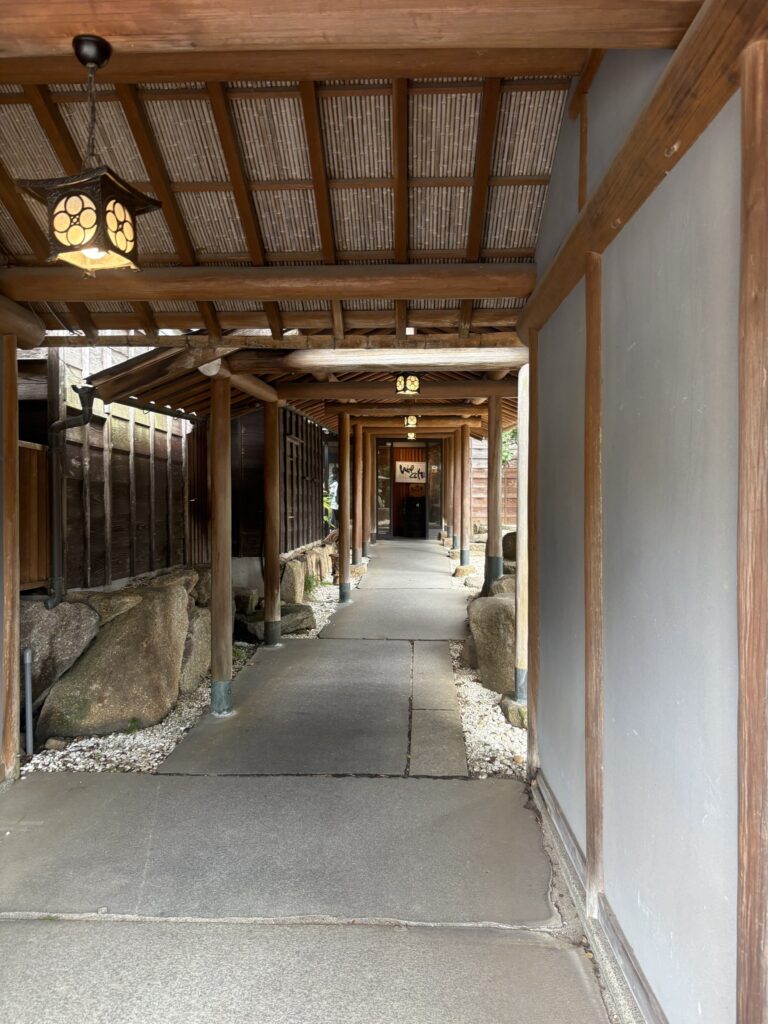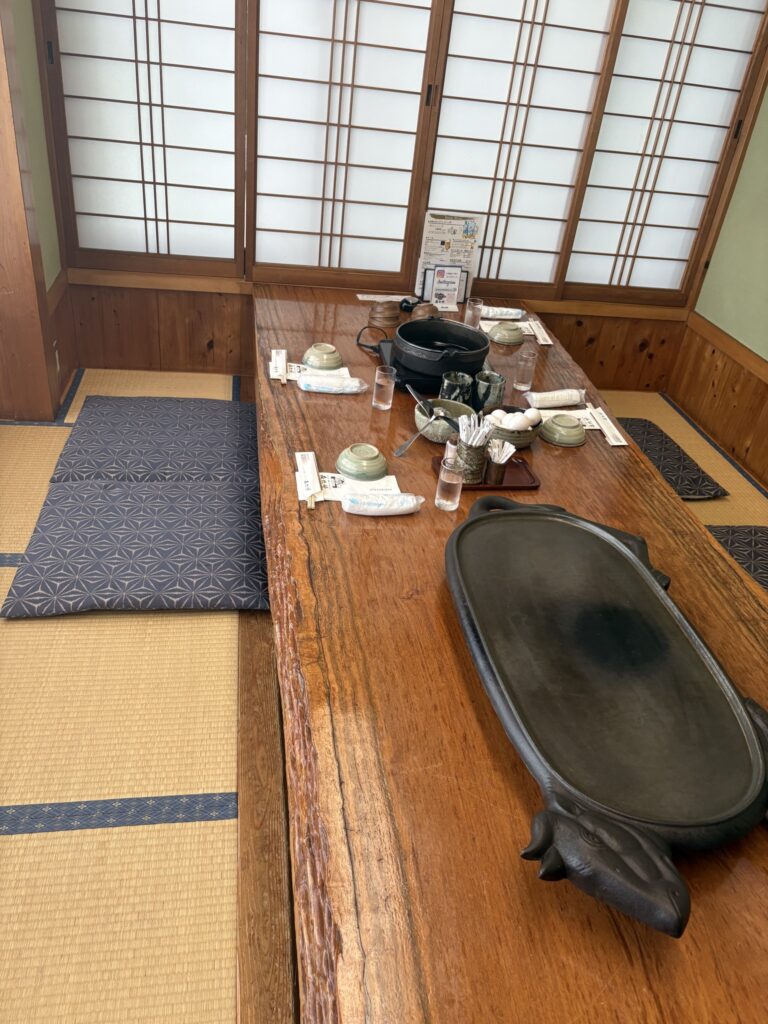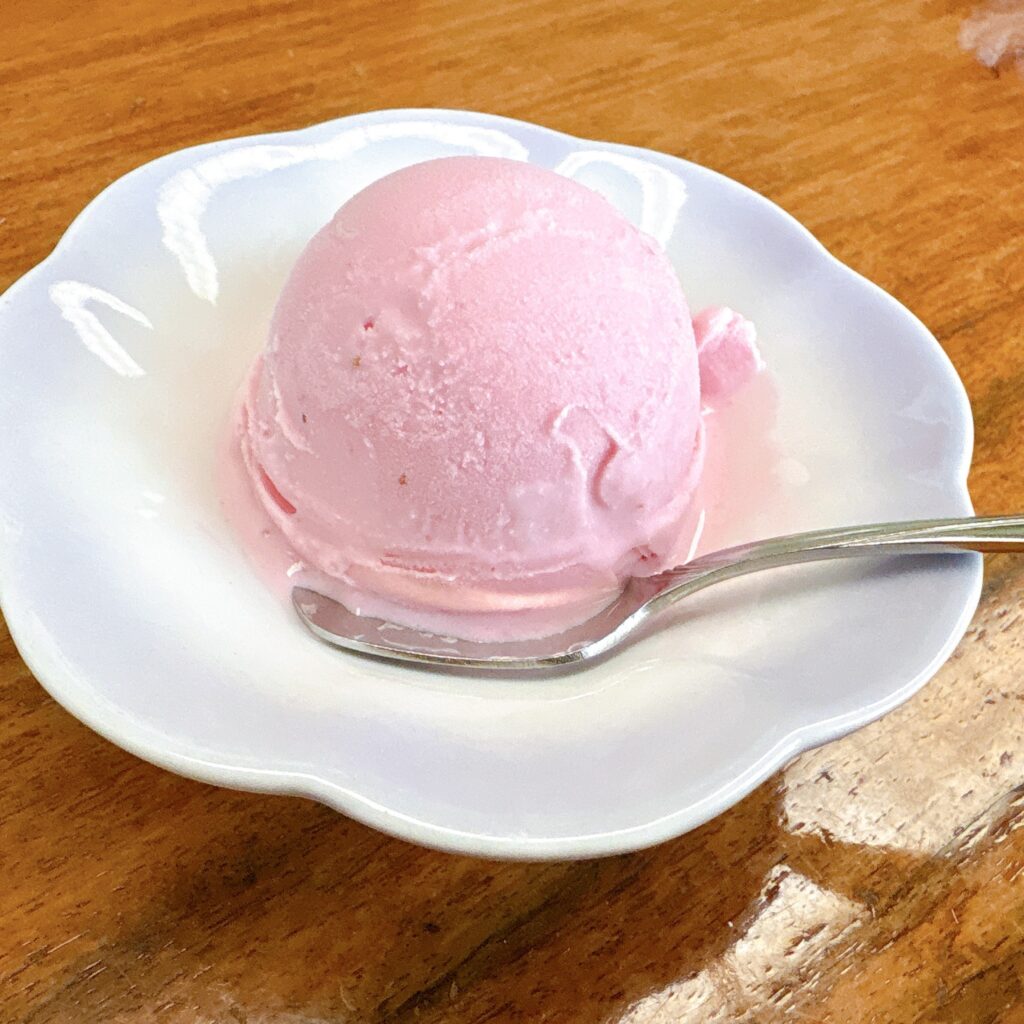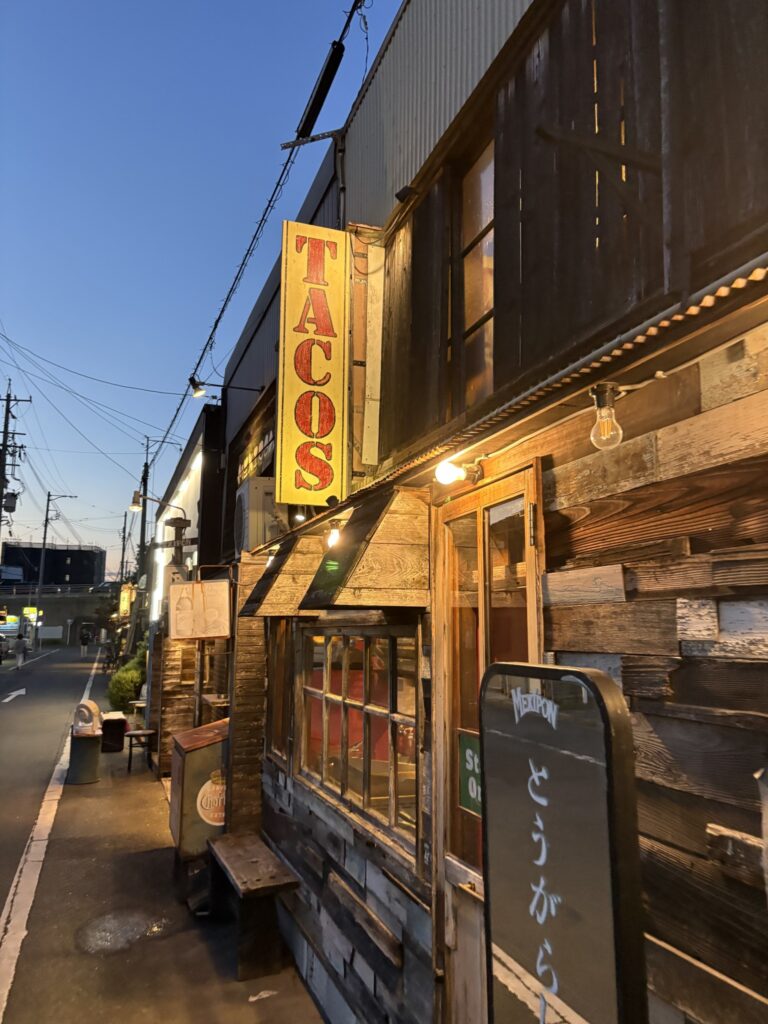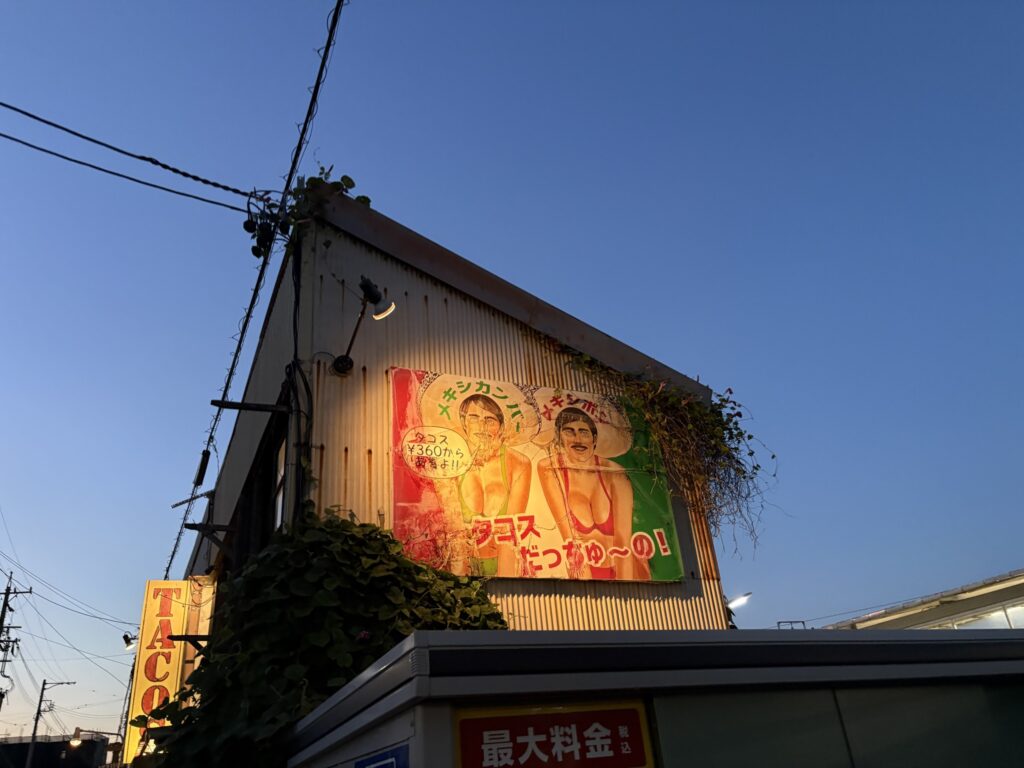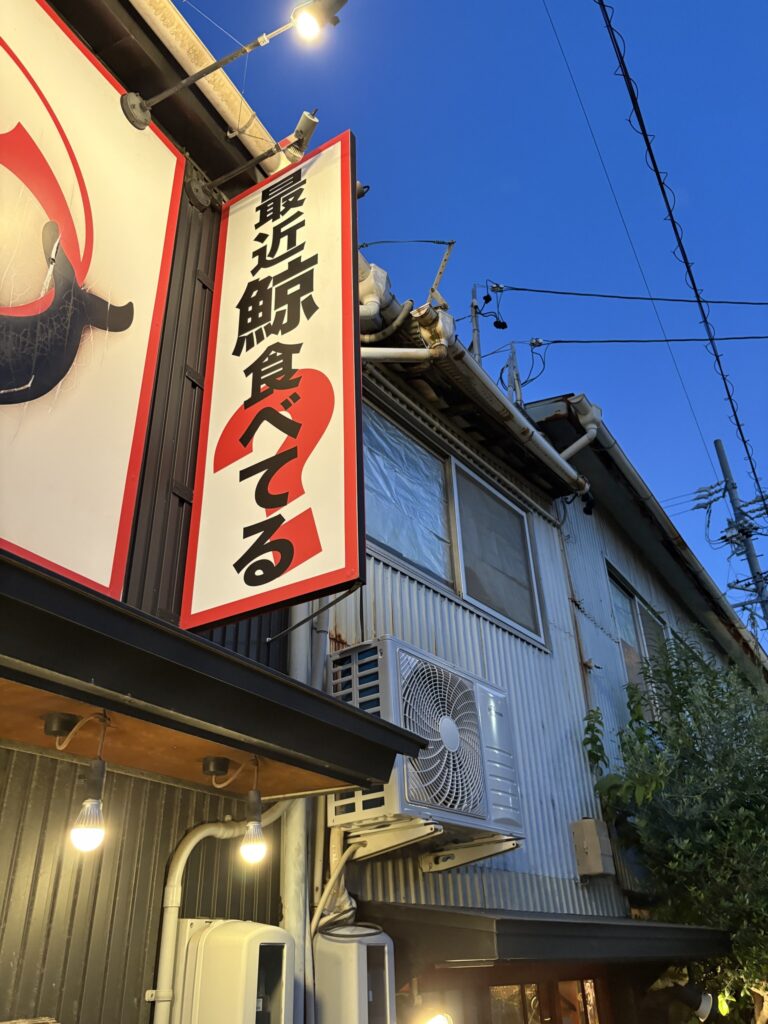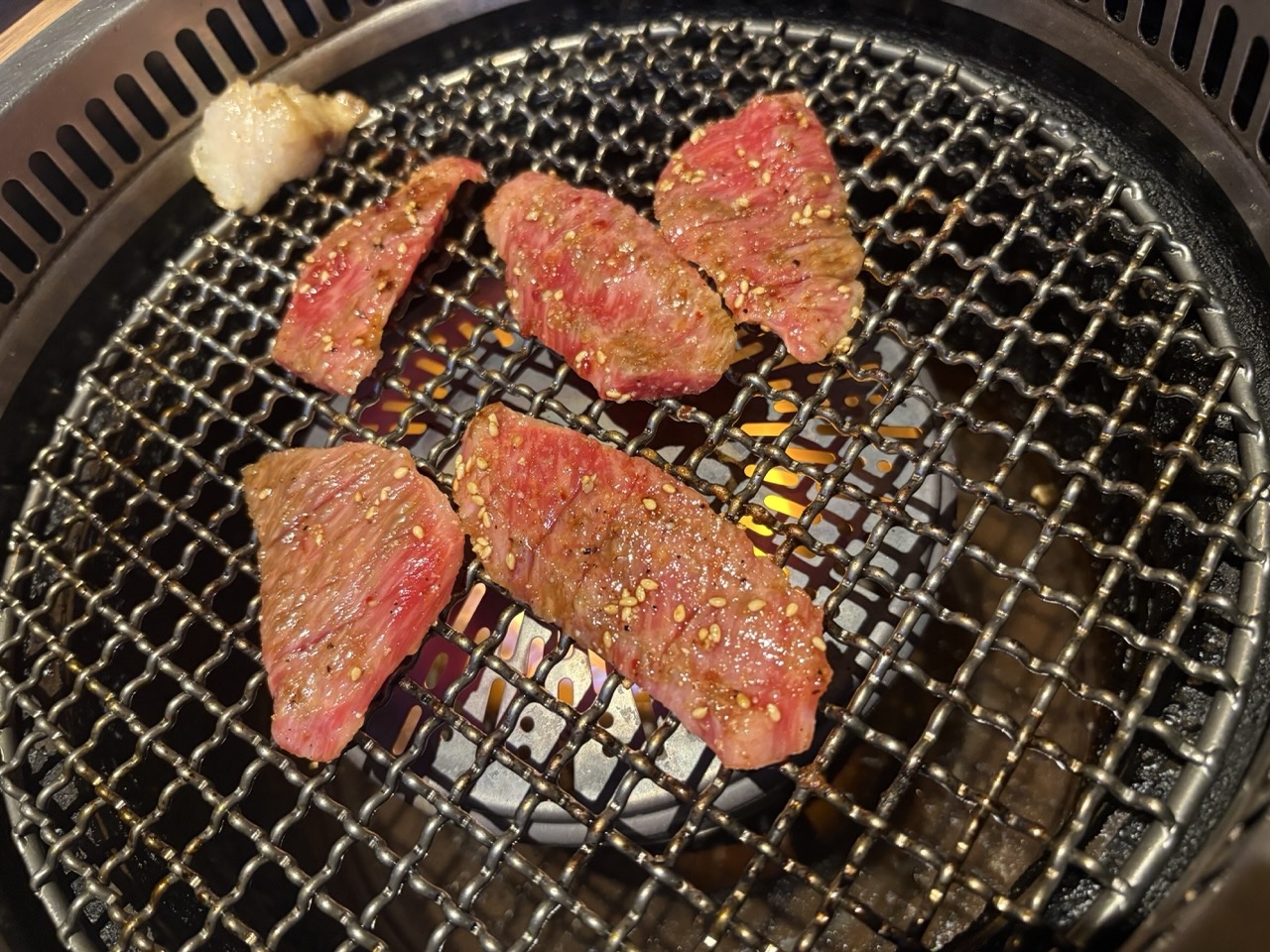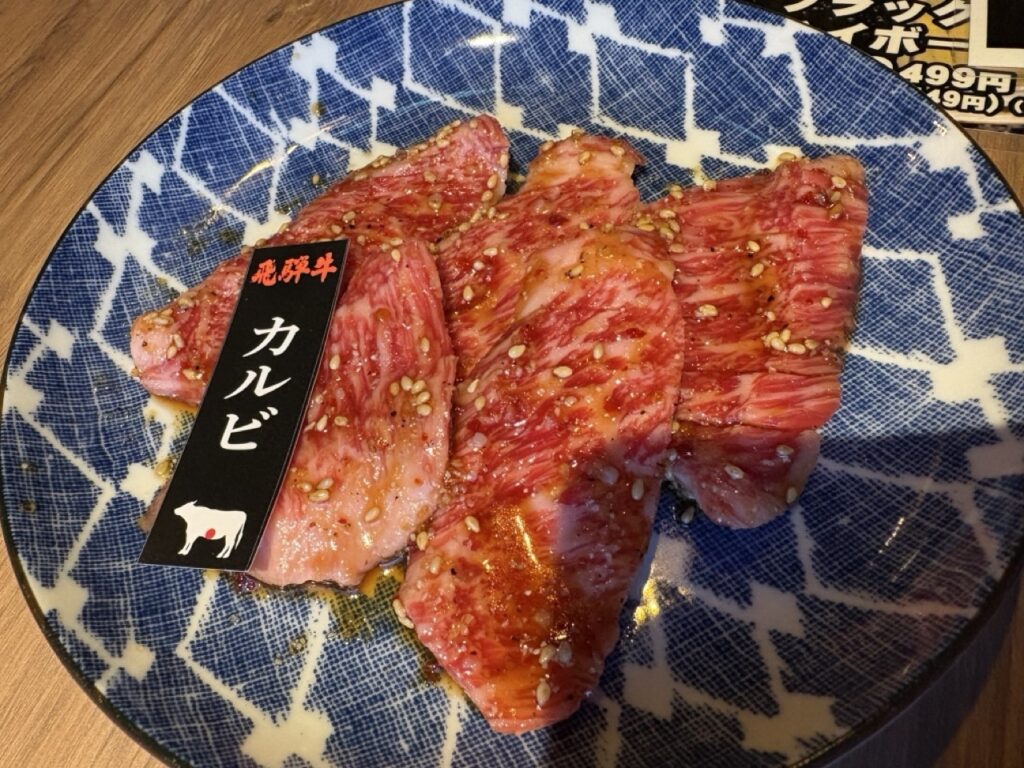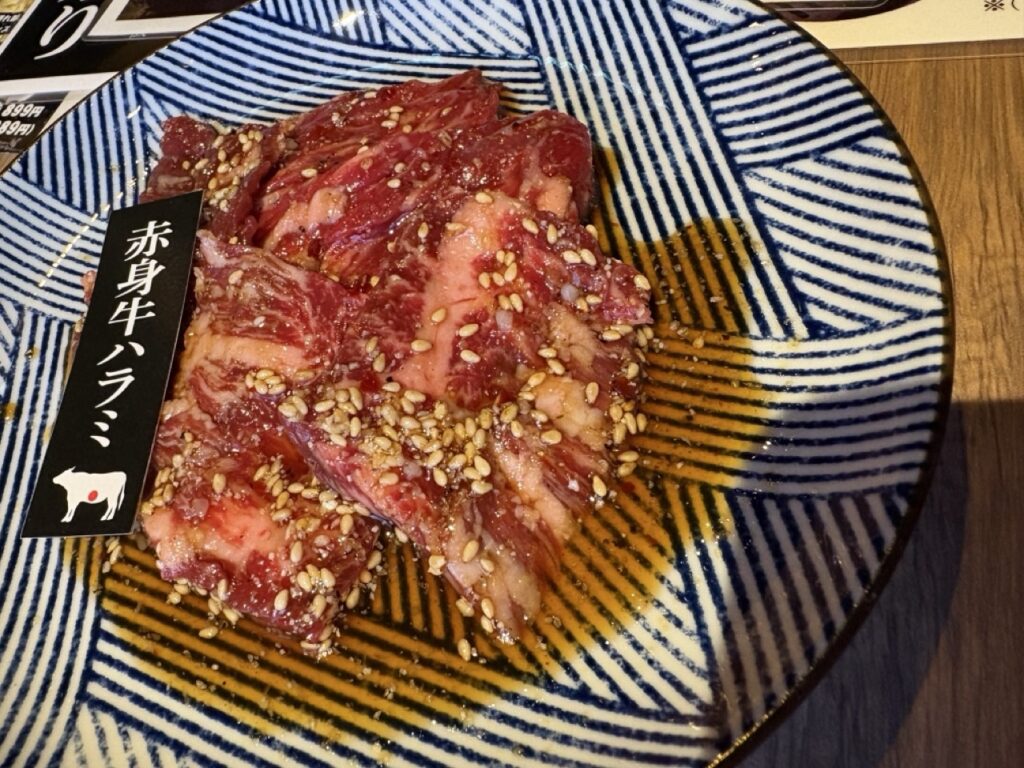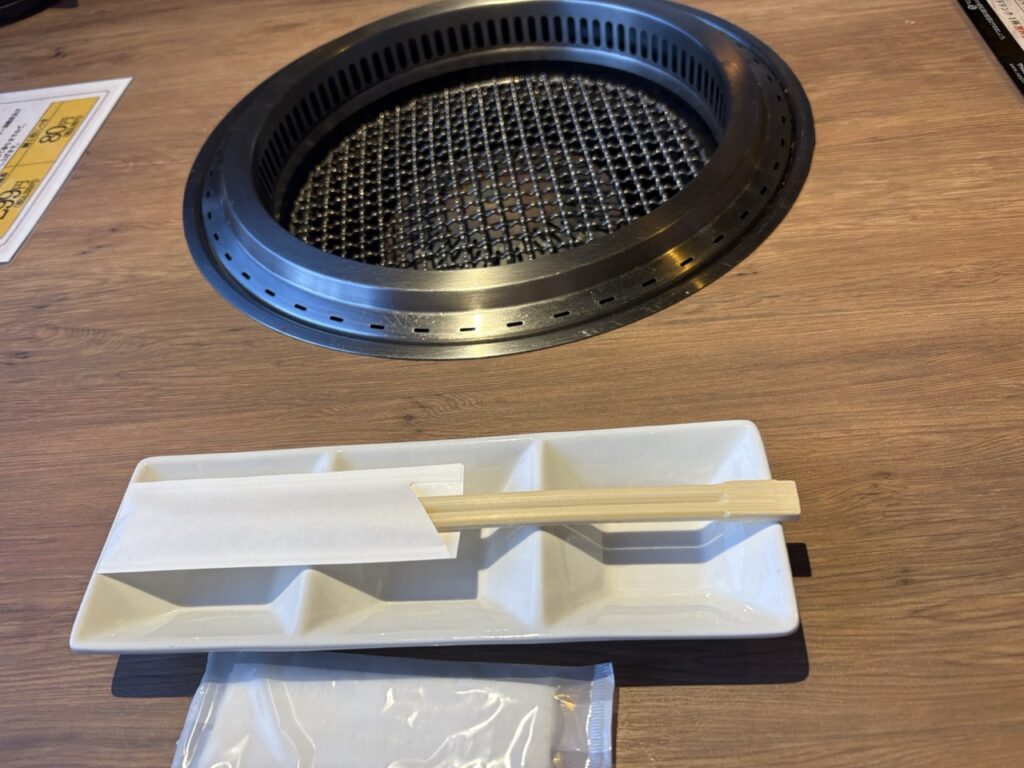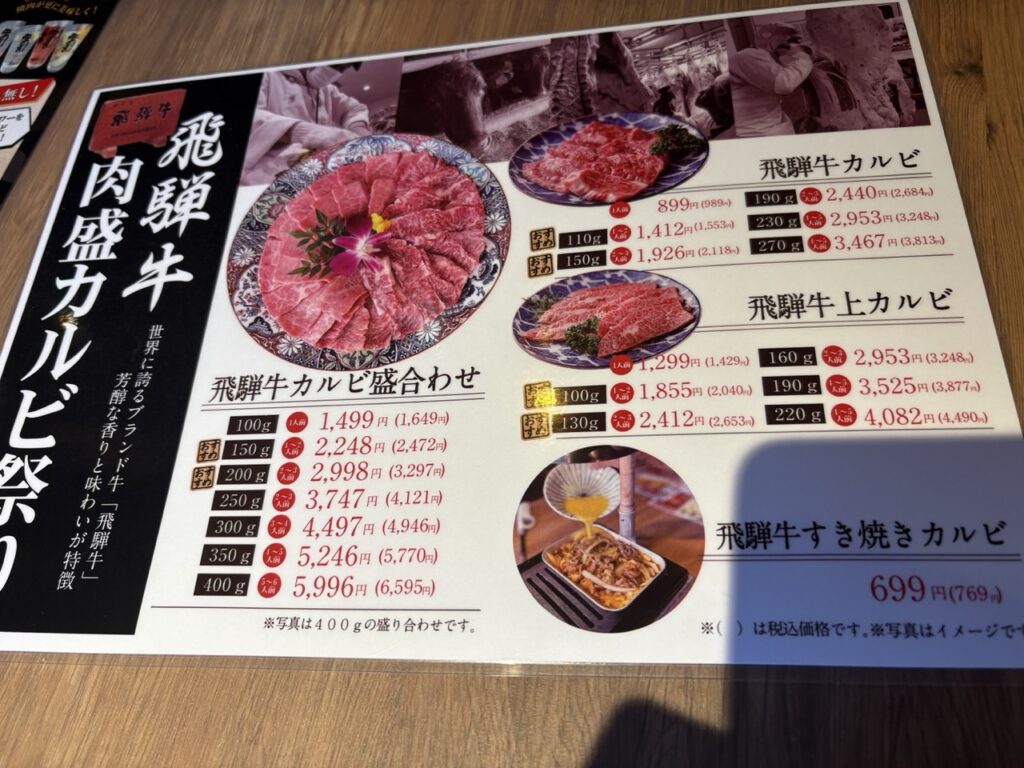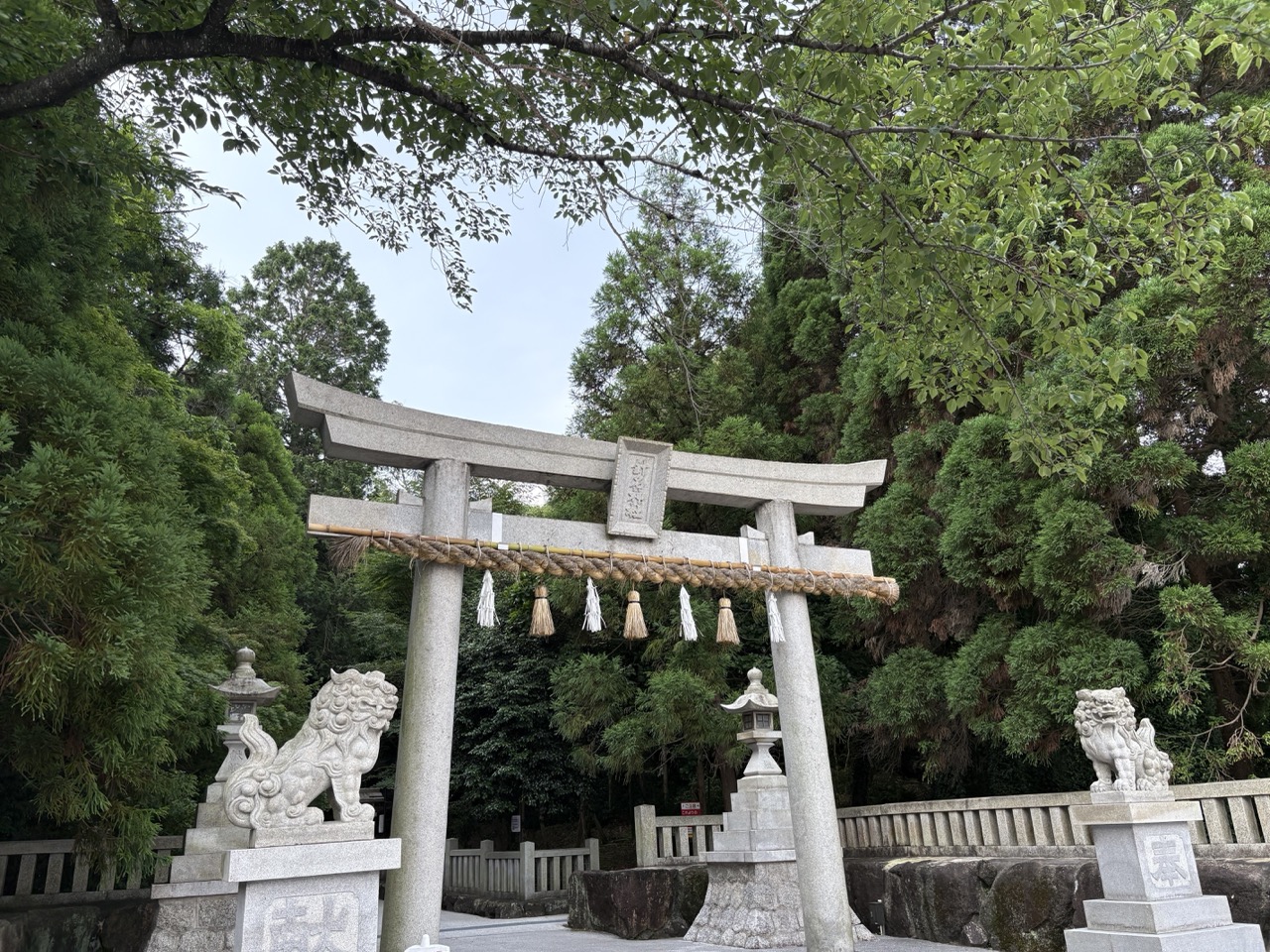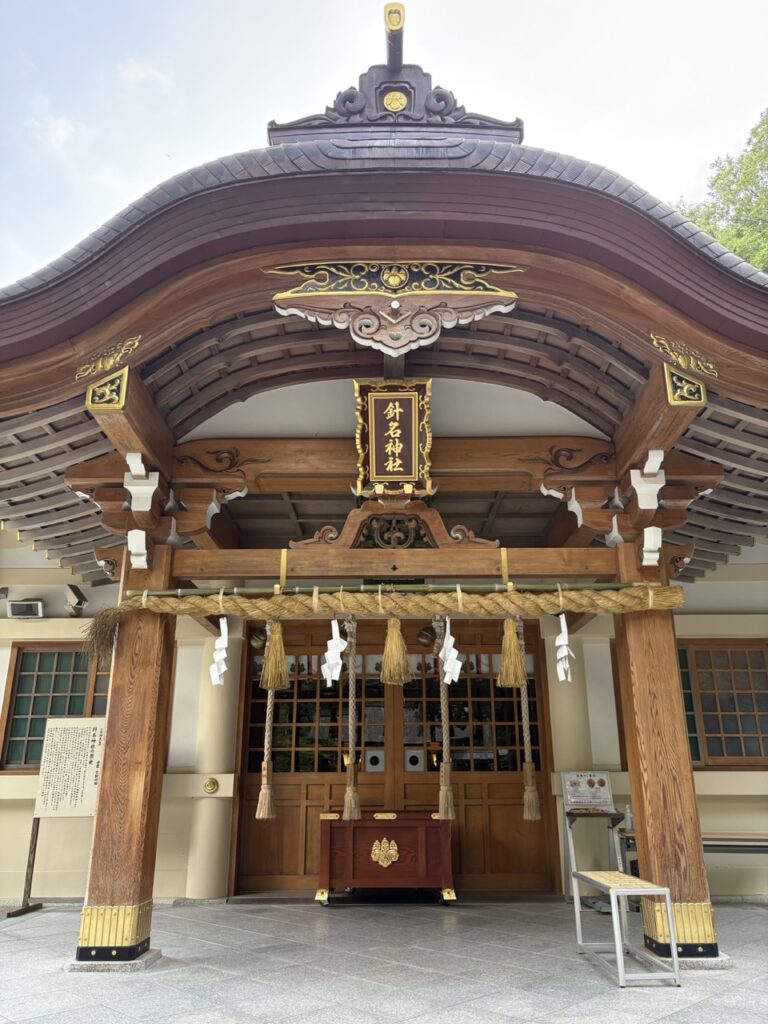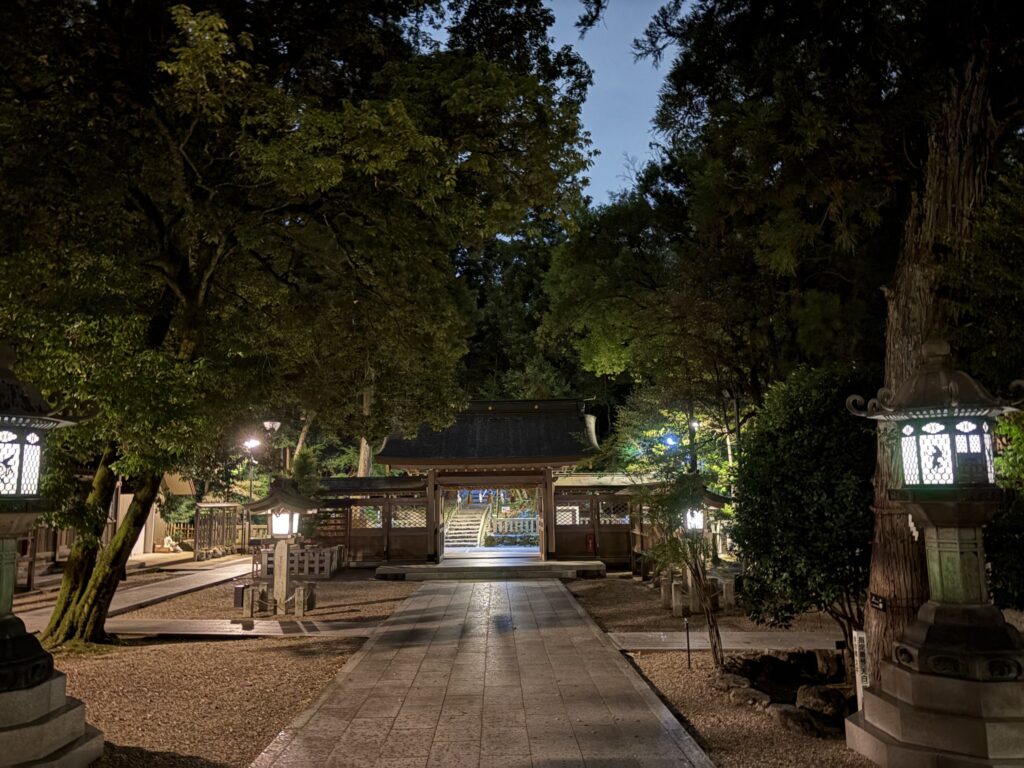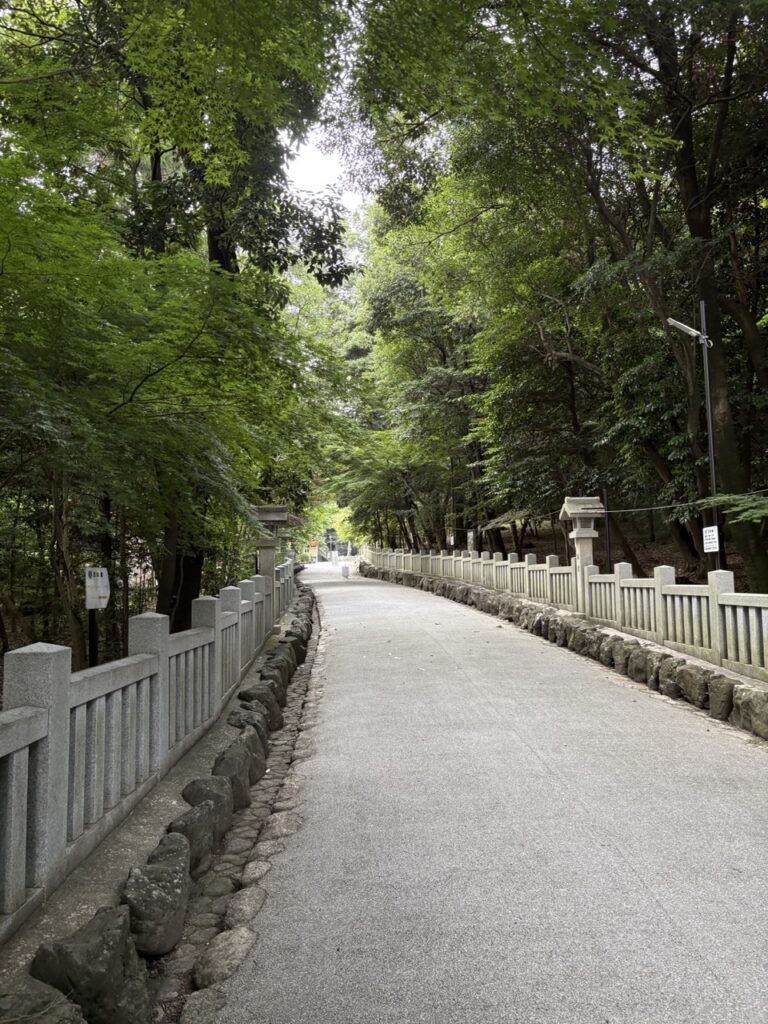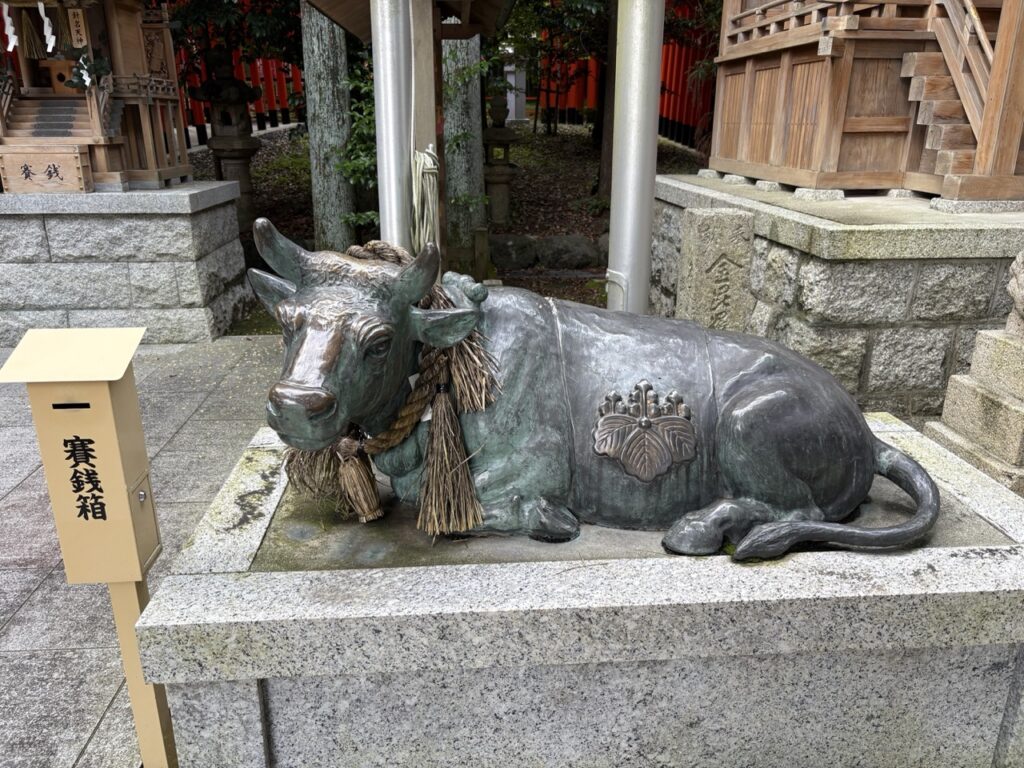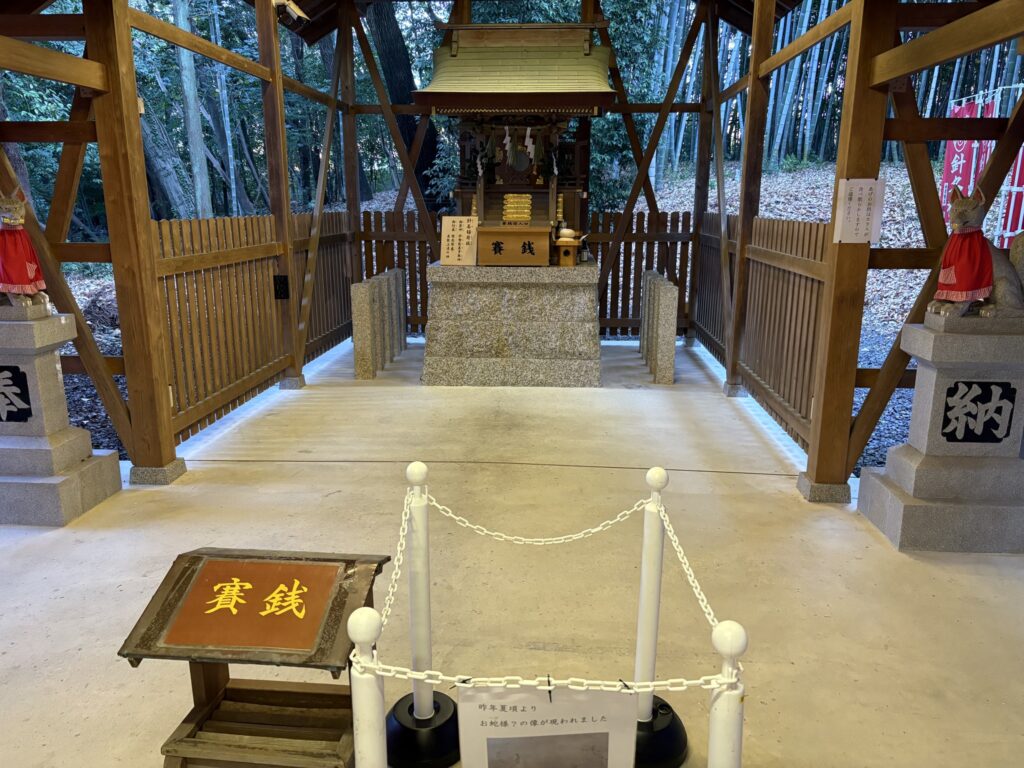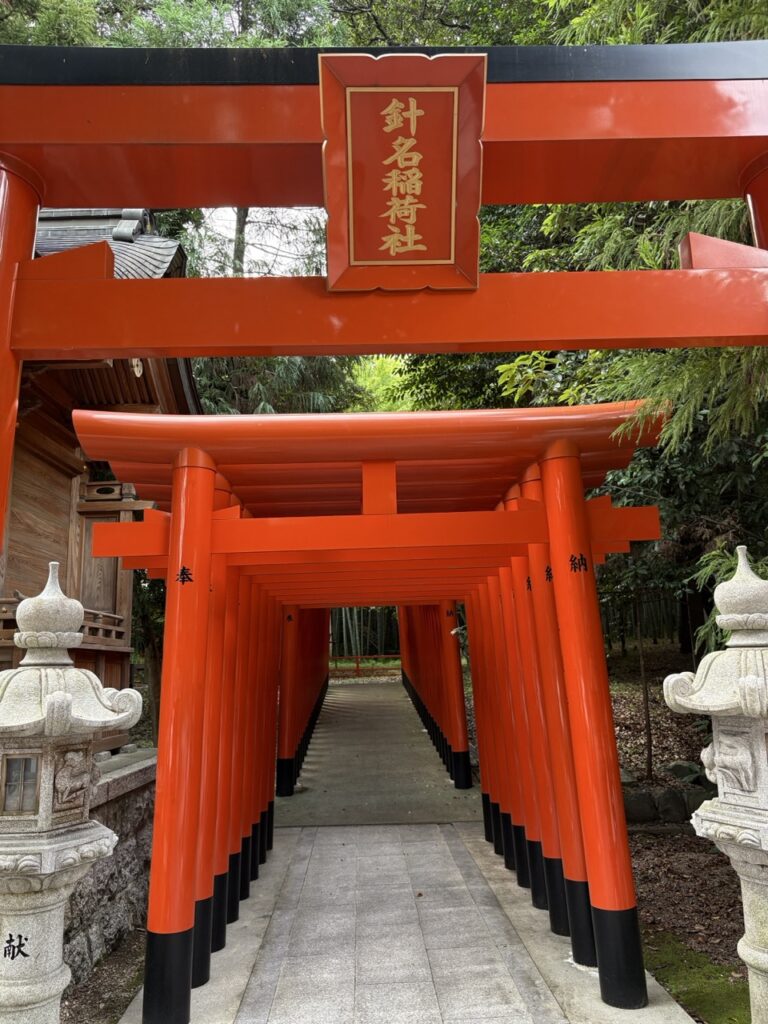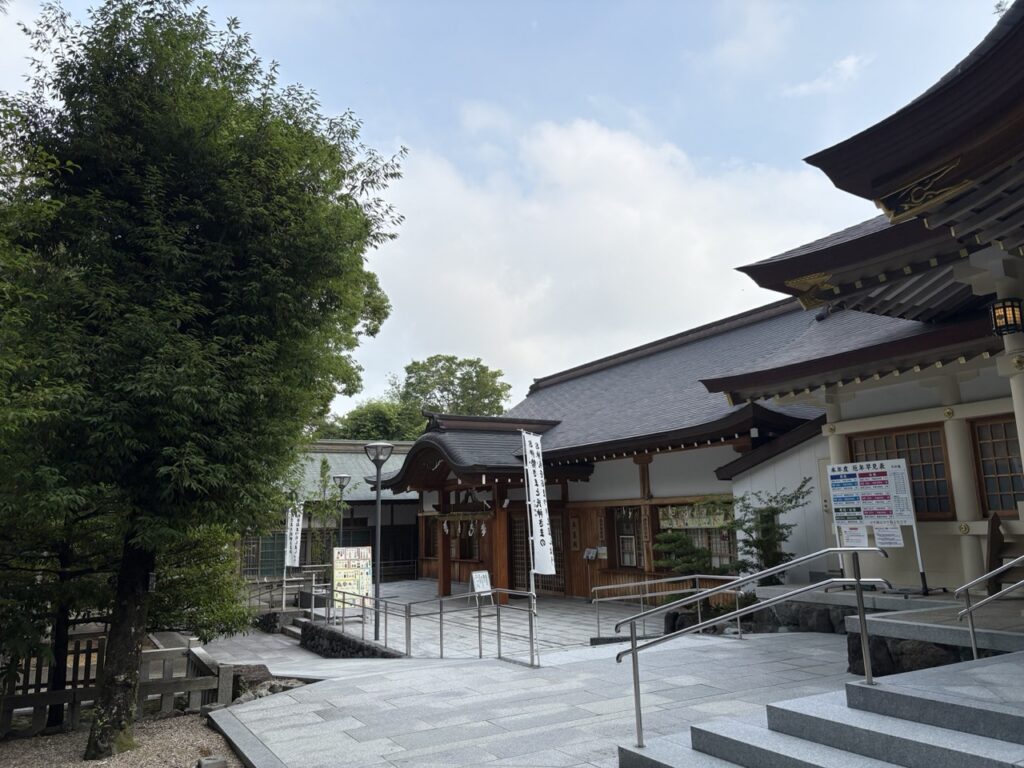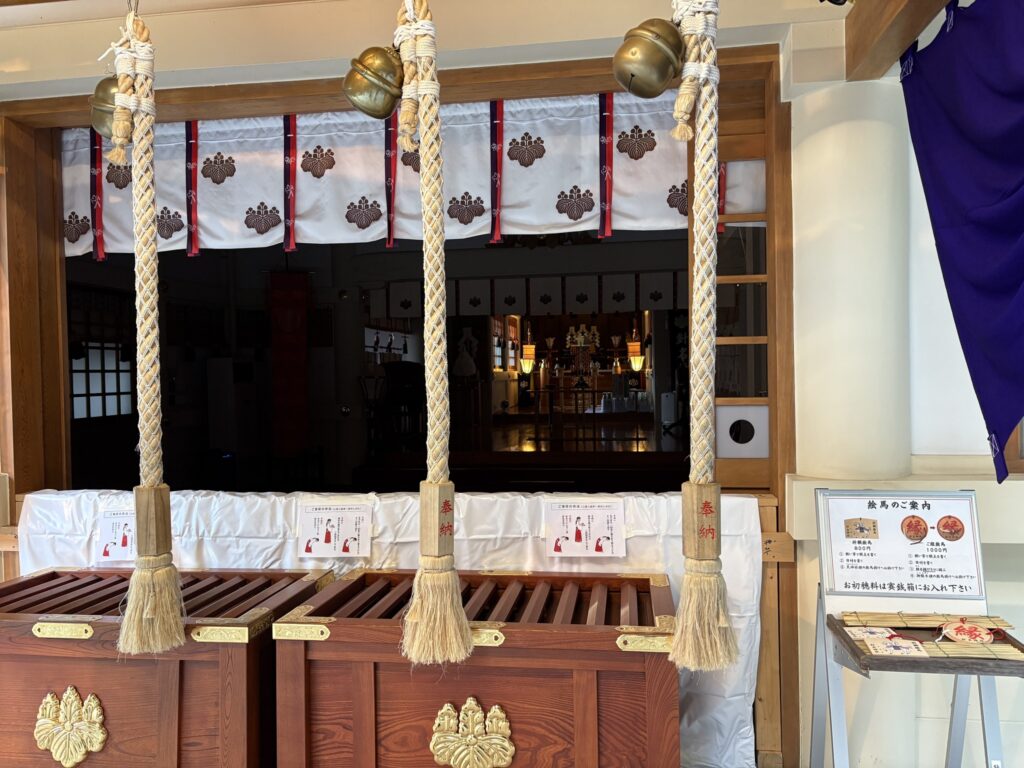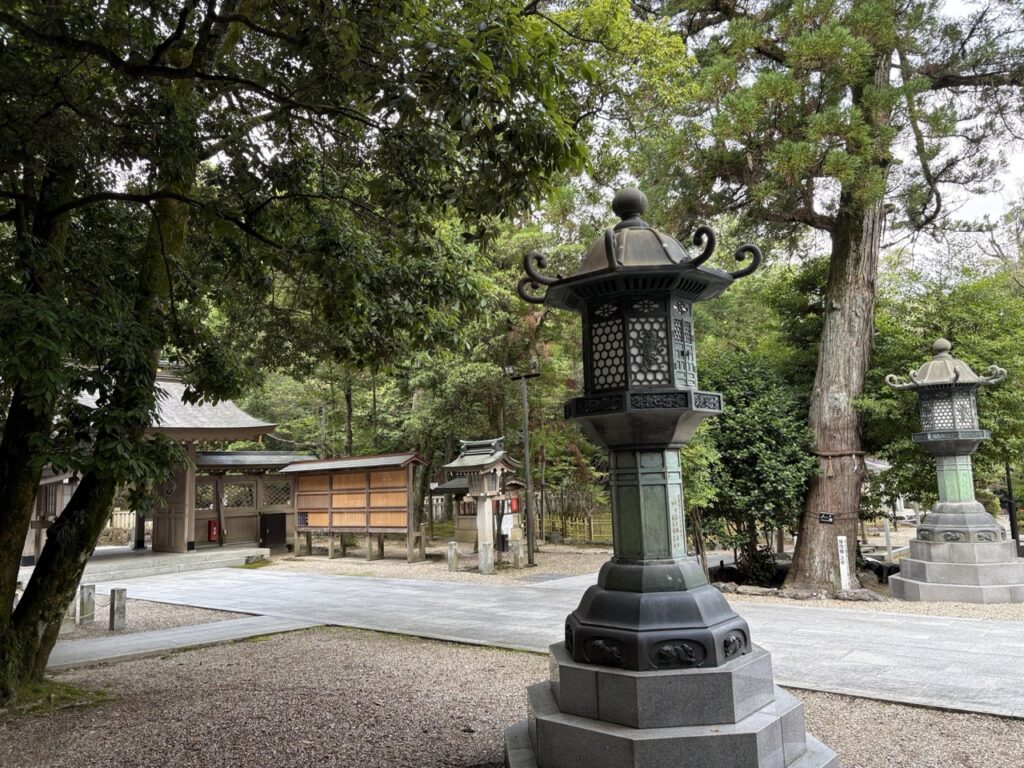What Is Tokoname-yaki?
Tokoname-yaki, one of Japan’s Six Ancient Kilns, is pottery produced mainly in Tokoname City, Aichi Prefecture. It has a history stretching from the late Heian period to the present. Known as a major production area for everyday items such as teapots, jars, and storage vessels, Tokoname is especially renowned for its vermilion clay teapots, which are highly valued throughout Japan.
History
Ancient to Medieval Period
Tokoname-yaki began in the late Heian period and flourished during the medieval era as a major production site for large bowls, jars, and storage vessels. Hundreds of anagama (tunnel kilns) were built in the hilly regions of Tokoname, supplying utilitarian pottery to regions across the country.
Early Modern to Modern Period
During the Edo period, production of daily-use pottery continued. In the modern era, Tokoname grew into a major source of clay pipes, tiles, and other architectural materials. Tokoname’s clay pipes, in particular, were suited to mass production and became essential products supporting infrastructure development across Japan.
Characteristics
1. Beautiful Vermilion Clay Color
A hallmark of Tokoname-yaki is the red clay known as “shudei.” When fired, the iron-rich clay produces a distinctive reddish-brown color. The pieces are often unglazed, allowing the natural texture of the clay to stand out.
2. Excellent High-Temperature Firing Techniques
Tokoname-yaki often uses high-temperature firing without glaze, resulting in pottery with low water absorption that is strong and durable. This technique is ideal for teapots and clay pipes, which require long-lasting strength.
3. Teapots That Enhance the Flavor of Tea
Vermilion clay teapots are known for softening the bitterness of tea due to the minerals in the clay, producing a milder taste. The fine “obi-cha koshi” strainer and “sasame” (a precise ceramic strainer) are also highly regarded for their craftsmanship.
Representative Products
- Vermilion clay teapots
- Jars and storage vessels (for sake, miso, pickles, etc.)
- Tokoname tiles and clay pipes
- Flower pots (noted for breathability and drainage)
Tokoname-yaki Today
Today, Tokoname is not only a traditional teapot-producing region but also home to young potters creating new ceramic designs. Events such as the “Tokoname-yaki Festival” and facilities like the “INAX Live Museum” offer opportunities to experience its culture and history, helping preserve Tokoname’s ceramic heritage throughout the region.
